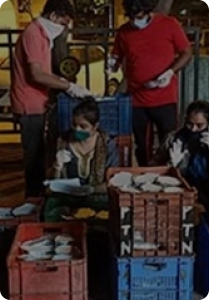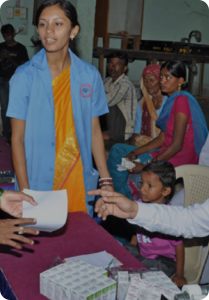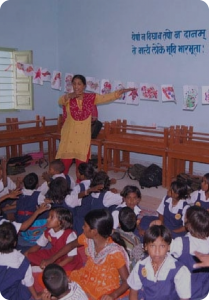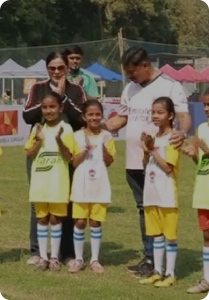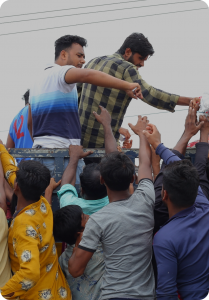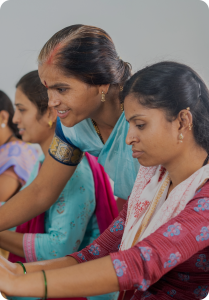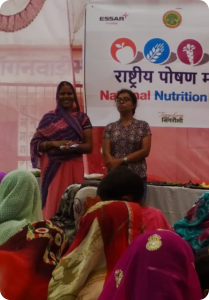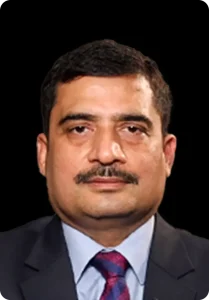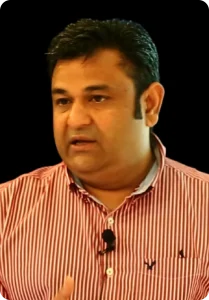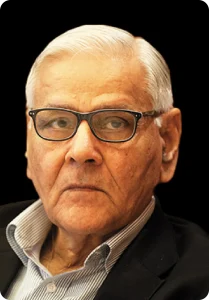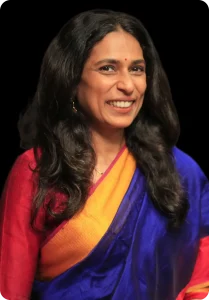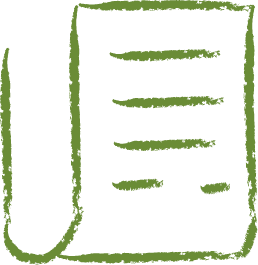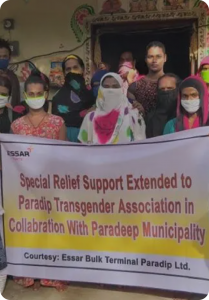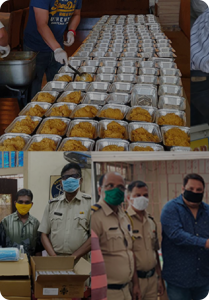Integrated Community-based Water Management in Coastal GujaratIntegrated Community-based Water Management in Coastal Gujarat
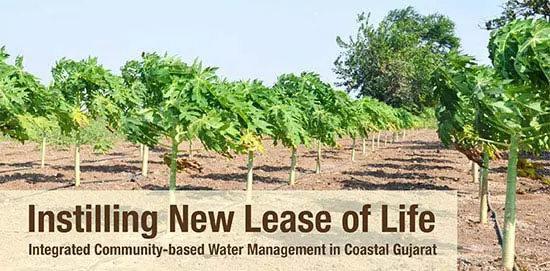
Approximately 70% of all available water is used for irrigation. However, India’s diverse geo-climatic conditions disallow proper irrigation to some areas, while other regions have water abundance leading to misuse. To mitigate both drought and flood conditions, and to ensure equitable access and availability of usable water, community based water management is vital.
Essar Foundation, in collaboration with the rural communities, is implementing its integrated water management and harvesting initiatives in coastal and semi-arid parts of Gujarat. Based on a thorough geo-hydrological study of the water tables and rainfall patterns of the areas, rain, aquifers and natural sources of water are tapped into for round-the-year drinking water availability. More significantly, this involves renovation and reuse of defunct water harvesting structures as well.
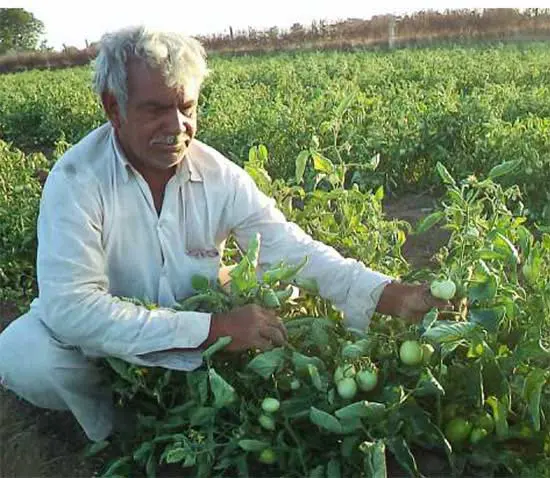
Mission water sufficiency and quality
In India, villages on and around the coastline are affected by soil salinity, which impacts the lives and livelihoods of the villagers in myriad adverse ways. The integrated water resource development project initiated by Essar Foundation has successfully improved the quality of life in the villages in coastal Gujarat by harnessing the power of rain water to recharge ground water and improve water quality. In twelve villages surrounding Essar Oil refinery in Jamnagar and Devbhoomi Dwarka districts of Gujarat, few kilometres from the coast, farmers and their families have come a long way from being affected by droughts and soil salinity to a stage of water sufficiency.
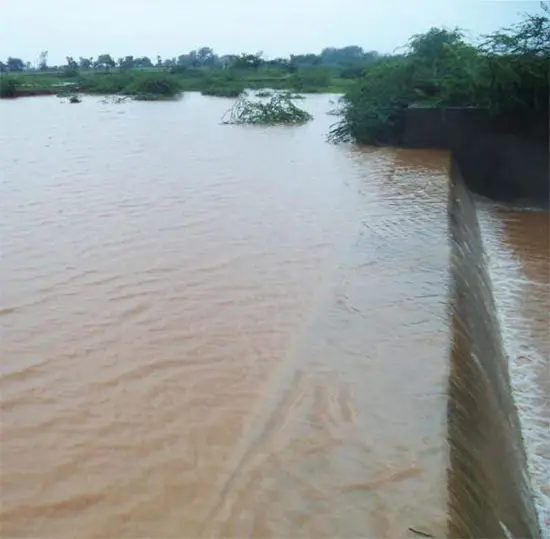
The community based integrated water resource development project is successfully harnessing the potential of rain water to improve water quality and to recharge ground water.
Initiated in early 2013, the project is based on a rigorous assessment study conducted by BAIF, technical partner for the project. The project aims to harvest rain water in watershed structures and make fresh water available in the villages for agriculture and drinking. Under the project, new water harvesting structures were created and existing structures repaired. Interventions like pond deepening, repairing of existing dams, creating check dams, nala plugging, well recharge structures, farm ponds, and creation of percolation tanks were undertaken to provide fresh drinking water round the year.
Hope manifested
Farmer, Samatsinh Motisinh Jadeja of Bharana village has a 60 feet open well on his farm that had, for the past several years, stayed dried up and even when it had water it could not contribute to the irrigation needs of his farmland. When the village took initiative with water harvesting, Samatsinh got borewell recharge done. Last monsoon the well brimmed with water and stayed up to a level of 30 feet even in winter, and up to 10 feet in summer. This helped him grow BT cotton in 1ha, groundnut in 1ha, and fodder in the same season due to assured irrigation. He also recorded 30% increase in produce as compared to previous year. Not only that, he was able to take wheat and lucerne fodder crops in winter.

– Samatsinh Jadeja, Farmer, Bharana village, Gujarat
Collaborating to grow
The community is doing its best with preparing detailed micro plans through Village Development Committees that ensure judicious water usage and monitoring of interventions. About 7,360 families in twelve villages, including that of Samatsinh’s are directly benefiting from the project, and another 15,000 families benefiting indirectly.
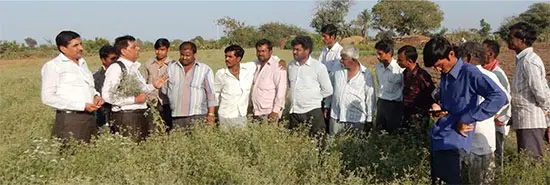
About 25% land under irrigation has increased due to assured water availability for irrigation
The land under irrigation has increased by 25% due to assured water availability for irrigation. Fresh water retention in the pond facilitates ground water recharge which results in improvement in ground water level. Similarly, in surrounding villages assured water availability has allowed farmers to take up a second crop of wheat in rabi season. Water table in the 225 wells is gradually increasing. In the past year itself about 104 farmers and their families depending on 135ha land directly benefited from the reclamation work that improved the quality of water.
Notably, drudgery among women in fetching potable water from long distances has also reduced. Drinking water and fodder for livestock of the villages is now abundantly available.
The outcomes from this project have been highly encouraging for the community decision makers, and farmers’ families alike. The government departments are able to report promising changes in the water table, area under irrigation and land use, as well as productivity. Although the rainfall over the last two years have been unsatisfactory, the project is however expected to bring considerable improvement in water availability and crop productivity over the next five years. Who would stand better testimony to this than the families of those farmers who have been able to reap a healthy harvest after years of dry spells!


